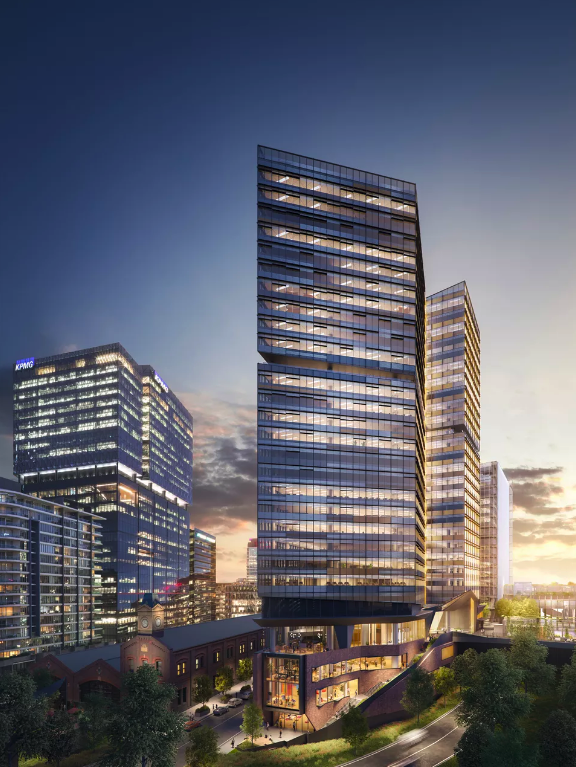CEFC Invests in Lendlease’s Melbourne Quarter
The federal government’s Clean Energy Finance Corporation is investing up to $100 million in a Lendlease commercial property fund, with the developer’s Melbourne Quarter precinct receiving the benefit.
Lendlease's Australian Prime Property Fund Commercial fund recently acquired a half stake in Two Melbourne Quarter, the final commercial tower in the development.
The CEFC has targeted a reduction of more than 40,000 tonnes of carbon emissions over the expected lifetime of the assets in Lendlease’s portfolio, with CEFC seeking to achieve net zero emissions across a $4.5 billion portfolio of 21 buildings across the country by 2025.
CEFC intends to commit up to $100 million in equity to APPF Commercial which will go on to bankroll sustainable practices for assets like the new Melbourne Quarter precinct, as well as other assets across NSW, Victoria, Queensland, ACT and South Australia.
The first stage of the Melbourne Quarter precinct is on track to be completed in 2018. When completed, the precinct will include a third office tower and is expected to accommodate 13,000 workers and 3,000 residents.
Related reading: Mirvac’s Clean Energy Houses Backed by $90m Loan

CEFC chief executive Ian Learmonth said the CEFC investment in APPF Commercial would help set a new benchmark for the investment fund, supporting an accelerated drive towards a net zero carbon property portfolio target by 2025.
“Buildings account for nearly a quarter of Australia’s carbon emissions,” he said.
Related reading: CEFC Triples Investment in Australia's Clean Energy
“Lendlease and other industry leaders recognise the need to move towards net zero carbon buildings and we’re working together to identify ways in which that can be achieved as early as possible.
“A key focus of this investment is its ability to demonstrate, through the Melbourne Quarter development, how sustainability and design initiatives integrated across an entire precinct can transform the way we work and live, with zero carbon outcomes.
“This approach delivers emissions savings over and above what could be achieved in a standalone building, by networking and sharing technologies across the buildings and facilities within the development precinct.”
The net zero carbon goal is well ahead of the Australian Sustainable Built Environment Council recommendation that buildings achieve net zero carbon emissions by 2050 to meet international obligations.
The CEFC has also poured $90 million into Mirvac’s coffers this year, giving the developer the ability to afford new rooftop solar panels and battery storage at three new house and land estates across Sydney and Brisbane.
AMP Capital Wholesale Office Property Fund has also felt the green movement of the government fund, after receiving $100 million for similar environmental treatment to their development activity.













